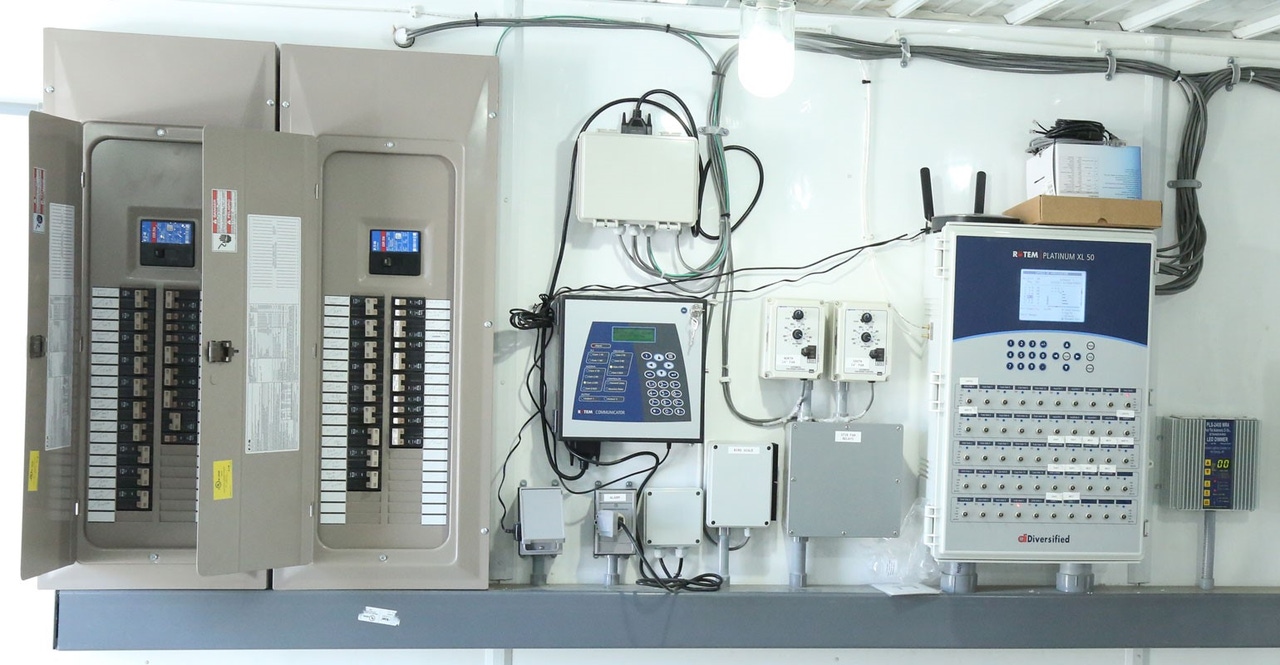Leading Tips for Effective Electrical System Troubleshooting
Fixing electrical systems requires a systematic strategy, based in a thorough understanding of electric concepts and security methods. The nuances of reliable troubleshooting extend beyond plain technical expertise; understanding just how to record searchings for and focus on security can considerably influence outcomes.
Understand the Basics
Comprehending the basics of electric systems is essential for efficient troubleshooting, as a solid structure allows service technicians to diagnose and deal with concerns a lot more successfully. A comprehensive understanding of electric principles, such as voltage, existing, resistance, and power, is crucial in determining the source of issues. Voltage is the electric possible distinction that drives present via a circuit, while resistance opposes the circulation of present, impacting the total capability of the system.
Knowledge with circuit components, including resistors, capacitors, diodes, and changes, is also vital. Each part plays an unique function in circuit behavior and can influence performance when malfunctioning. In addition, understanding series and parallel circuit configurations is vital, as these arrangements affect the distribution of voltage and present within the system.
Specialists should be conscious of possible threats, such as shock and brief circuits, to carry out safe troubleshooting techniques. By mastering these fundamental ideas, technicians enhance their ability to conduct effective diagnostics and repairs, inevitably leading to improved performance and reliability of electric systems (electrical system troubleshooting).
Gather Necessary Devices
Reliable troubleshooting of electric systems requires the appropriate collection of devices to identify and deal with concerns accurately. Important tools include a multimeter, which gauges voltage, existing, and resistance, enabling for specific assessments of electric parts.
In addition, shielded hand tools such as screwdrivers, pliers, and cable strippers are critical for securely adjusting electric connections. It is additionally advisable to have a circuit tester available to validate the visibility of voltage in electrical outlets and wires. For even more complex systems, a thermal imaging video camera can help detect overheating parts, suggesting potential failings.

Adhere To a Systematic Method
Having collected the proper tools, the next action in fixing electrical systems is to follow a methodical technique. A systematic technique guarantees that anchor service technicians can recognize faults efficiently and accurately, lessening downtime and stopping unneeded repair services.
Begin by examining the system's schematic diagrams and specs. This entails checking each part systematically, beginning from the power source and functioning towards the tons.
Make use of screening devices, such as multimeters and oscilloscopes, to collect objective data about voltage, existing, and resistance at different points within the system. This empirical evidence will lead your troubleshooting initiatives and aid to verify or get rid of potential reasons for failing.
In addition, think about ecological factors that might affect the system's performance, such as temperature level fluctuations or dampness ingress. A comprehensive inspection of electrical wiring, links, and parts will certainly make certain that all opportunities are made up.
File Your Searchings For
Detailed documents is necessary in the troubleshooting procedure of electrical systems. Precise records enhance the performance of determining recurring issues and promote interaction among staff member. Each searching for needs to be meticulously kept in mind, consisting of signs observed, examinations performed, and the end results of those tests. electrical system troubleshooting. This technique not only help in comprehending the source of the issue yet additionally works as a recommendation for future additional hints repairing efforts.

In addition, maintaining a log of components changed or repair services executed is vital. This information supports stock monitoring and can help evaluate the long life and reliability of specific parts.
Inevitably, the documents procedure must be complete yet concise, making it possible for simple retrieval and review - electrical system troubleshooting. By focusing on thorough paperwork, service technicians can develop a beneficial expertise base that not just help in current troubleshooting yet also empowers future upkeep efforts, thus boosting general system integrity
Prioritize Precaution
Recognizing the intrinsic threats connected with electric systems is vital for making certain safety and security during troubleshooting. Electric shock, burns, and devices damage are just a few of the potential threats that professionals face. Prioritizing precaution is not only a lawful commitment yet likewise a moral necessary that safeguards both the specialist and the surrounding atmosphere.
Prior to starting any troubleshooting job, technicians should wear proper individual safety devices (PPE), including shielded handwear covers, safety and security glasses, and flame-resistant apparel. Ensuring that the workspace is completely dry and devoid of clutter can considerably reduce the threat of mishaps. In addition, it is necessary to de-energize circuits prior to beginning any job, confirming that they are not live via the usage of a multimeter or voltage tester.
Developing clear communication methods check with staff member is also vital; this makes sure that every person is mindful of prospective risks and the status of the electrical system being worked with. Lastly, having an emergency situation response strategy in position can show very useful in the occasion of an occurrence. By focusing on precaution, professionals can properly alleviate dangers and promote a much safer office.
Verdict
Reliable electric system repairing relies on an extensive understanding of essential concepts and a methodical technique. Prioritizing safety steps makes sure the health of individuals included and the stability of the electric system.